The nation celebrates its blue-violet Tanzanite, but its vivid spinels and garnets also dazzle.
Mahenge is both a town and a district in the Morogoro region of Tanzania. Beneath its fertile terrain, two spectacular gemstones offer thrilling options for collectors. A decade ago, Mahenge spinel, distinguished by its neon pinkish-reds, bright blues and greens, mesmerized the market. In 2007, Mahenge garnet earned accolades for its unexpected hues, such as lively raspberry, peachy pinks and delicate salmon tones. This exotic palette sparked designers’ creativity and gave retailers a new story.
“The region has produced gemstones that are nearly unreal in their brightness and liveliness,” says Cynthia Scott, owner of Cynthia Scott Jewelry in Lynchburg, Virginia. “Intense hot pinks accented by orange [are] so specific to Mahenge spinel and are unlike spinel found elsewhere. Those deep blues with color shift are exquisite.”
Though custom cutter Derek Katzenbach, owner of Katzenbach Designs in Farmington, Maine, only recently began working with Mahenge garnet, he had been eyeing the material for some time. “I was always intrigued by the amazing variety of colors,” he claims. “The Mahenge crystals have a kind of rough skin that has to be removed, but technically it facets like other garnet.”
Wholesale dealer Oke Millett, owner of Discovery Gems & Jewellery in Oregon and Chiang Mai, Thailand, adds that “Mahenge spinel is known for superlative, intense color; the finest examples seem to possess an inner glow that is distinctive to Mahenge material.” He has also discovered that some of the crystals have slightly sleepy, silky characteristics that produce superb stones.
Mahenge garnet and spinel are still largely collector’s items, according to Robert Wilkinson, owner of RW Gems. He offers both, but sells more spinel. “I don’t think spinel as a species is well known to most consumers, much less the Mahenge material,” he says. Clients who buy Mahenge goods from him tend to be knowledgeable, so little or no education is required. “They are more collectors, connoisseurs…not typical jewelry consumers.”
Like many stones from exotic locales, these gems are vulnerable to regional political changes. Vancouver-based gem cutter Lisa Elser has been buying rough in Africa for years, but the Tanzanian government recently began banning the export of rough gemstones, she says. The country aims to add value by having them cut locally instead. “So I’ve since been buying cut stones and recutting them at home,” she relates. “[The ban makes it] hard to justify traveling there for buying trips.”
Millett confirms this shift in availability for Mahenge goods. “Rough stones out of Tanzania have become scarcer in general of late, because of local disputes and regulatory changes,” he says.
Thankfully for designers, dealers stockpiled in advance of the changes. “There is still rough available from those that purchased it in the past, but it’s less readily available than in past years,” Katzenbach concludes.
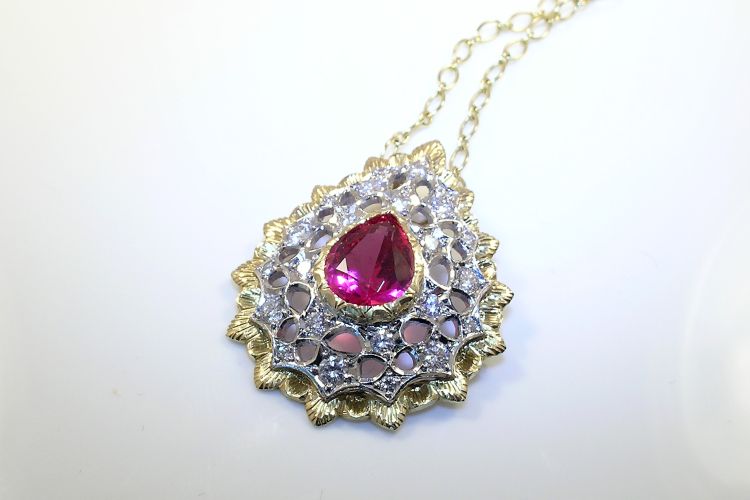
SELLING THE MAHENGE MYSTIQUE
Exotic provenance
Retailers have a built-in story when offering Mahenge spinel or garnet to their customers. Common forms of garnet, such as pyrope or almandine, have been recognized by the general public. Spinel, in contrast, has always been more of a collector’s stone. However, the Mahenge gem varieties offer an exotic provenance to consumers. The rugged province that produces these stunning stones sets the stage for jewelry fans to fall in love. The far-flung setting of Mahenge, Tanzania, is out of the way for most people, yet they can connect culturally via these colored jewels.
Affordable luxury
For an exotic gem, the Mahenge stones still present an affordable luxury. “I think for their tremendously high-impact look, much of the Mahenge material is extremely well priced,” says designer Cynthia Scott. “Spinel has definitely been ‘discovered’ and has witnessed appropriate price increases since I began working in them.”
Pricey lookalikes
Consumers are discovering sensationally priced rare gems that are stunning, but well out of their range. Padparadscha sapphire was the gorgeous central stone in UK Princess Eugenie’s engagement ring this year. Some of the exotic, similarly pinky-peach-hued Mahenge garnet is also wowing collectors. Alexandrite, named for 19th-century Russian czar Alexander II, left jewelry lovers slack-jawed with its dramatic color-change. Mahenge spinel comes in both color-shift — meaning it displays different colors when turned around under the same lighting — and color-change, which changes color completely under different lighting. This unexpected color show is infinitely repeatable, and adds another layer of fascination to Mahenge goods.
Solid value
“If you compare Mahenge spinel pricing to top-quality-ruby pricing [the closest comparison by looks], Mahenge spinel suddenly feels very reasonable,” Scott reports. So while the prices of Mahenge goods may escalate with the current supply chain in flux, these gorgeous anomalies present excellent value for their rare, coveted natural colors.

FAST FACTS
* Mahenge is a limestone plateau in the Morogoro region of Tanzania, and is also the name of a town within that district’s woodland bio-region.
* Roads there are poor; a lone gravel airstrip is located in Selous Game Reserve.
* Mahenge’s major economic output has been agricultural, producing maize, rice and beans.
* Most residents earn a living from farming or herding, with a small percentage engaged in mining.
* The ancient area is rich with kimberlite (blue ground) craters. Kimberlitic igneous rocks are formed from cooled molten magma and often indicate a diamondiferous and garnet-rich matrix.
* Morogoro’s terrain also yields albite, moonstone, peristerite, ruby, and fancy-color corundum.

Main image: Michael Jakubowski 14-karat and 18-karat yellow gold ring set with a 3.54-carat Mahenge garnet with indicolite and white diamonds. Image: Michael Jakubowski, Gem Fanatic.

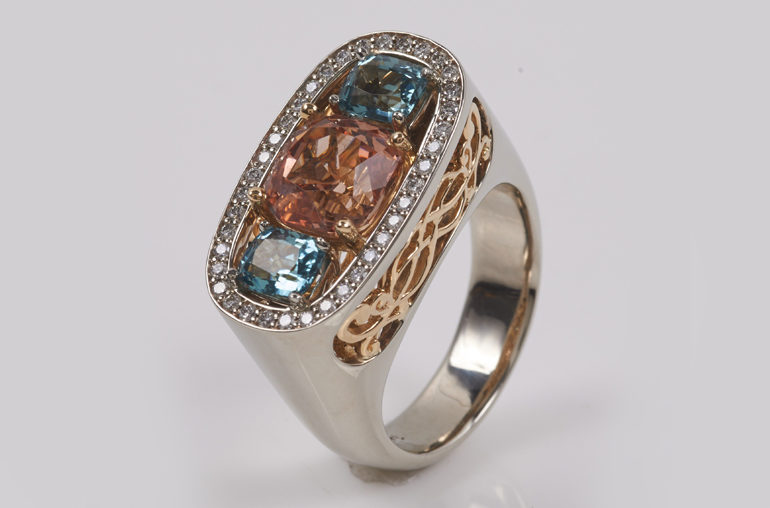
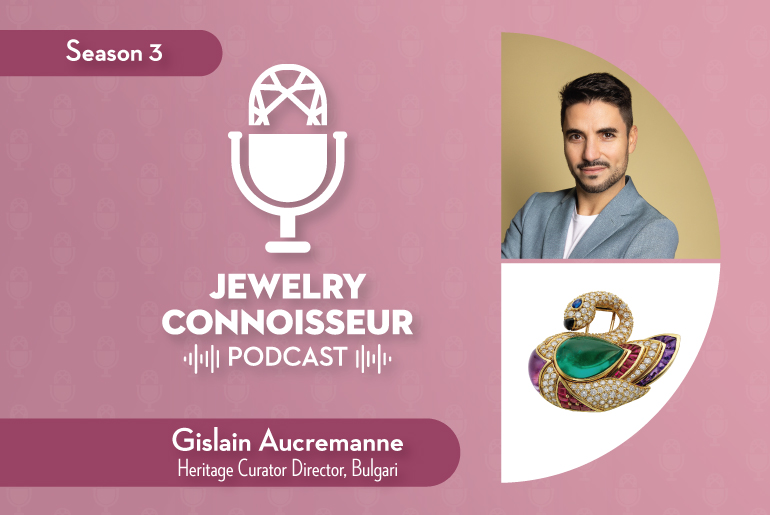
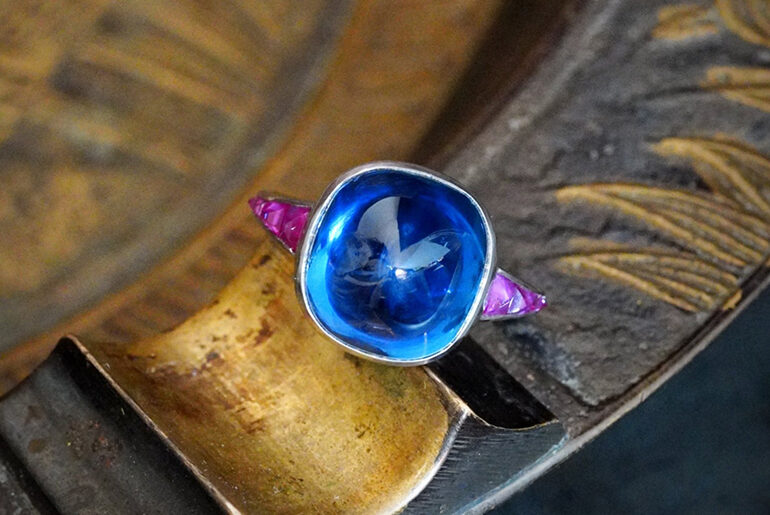
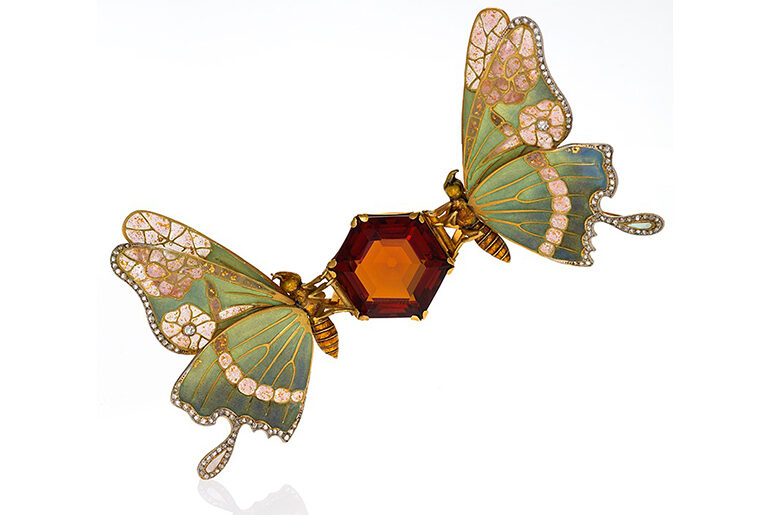
Comments are closed.